Patent for AI
Explore the AI Patent Landscape
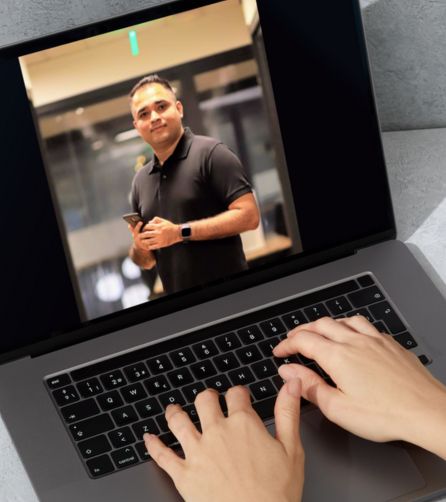
Understand Practical Aspects
Understand the role of AI Patents
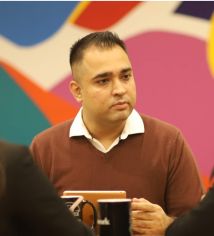
Explore the AI Patent Landscape

Understand the role of AI Patents

Protect your innovations across multiple countries and create strong patent portfolio to boost business valuation
Local and global brand protection through international trademark registrations
Extensive research and business writing for technical whitepapers and B2B content products
This guide will discuss how to patent AI innovations without rejections by following the AI patent formula big tech uses as writing guide to patent AI inventions. I recently wrote a patent application for an AI innovation aimed at transforming how small businesses create social media marketing content through an automated, AI-driven approach. The application protects a novel system that combines large language models with text-to-image generation capabilities to produce engaging video content from simple text inputs. Let me walk you through my approach to crafting this patent application, as it illustrates some key principles for protecting AI innovations.
This article covers following topics:
Writing Guide to Patent AI Inventions
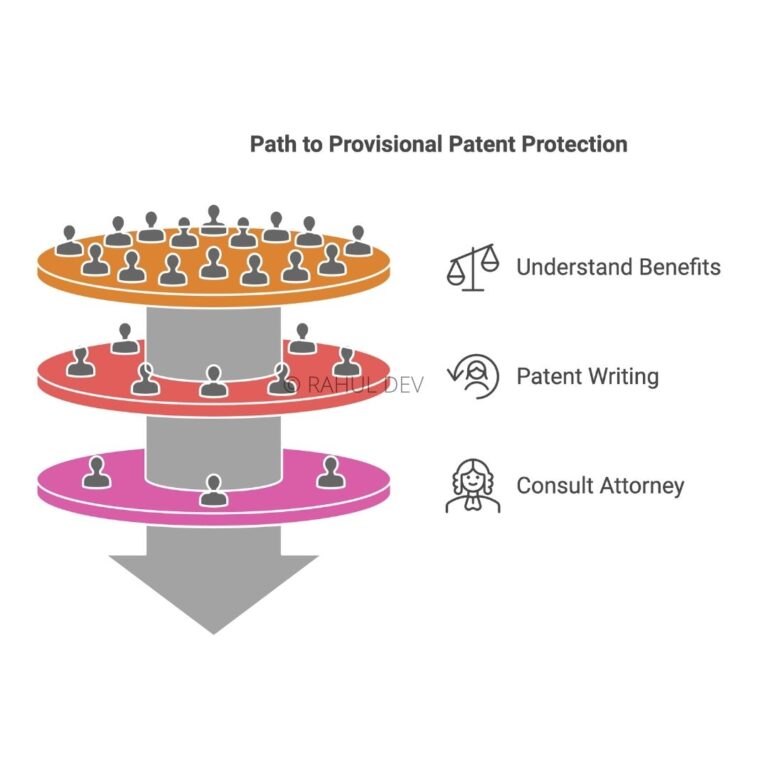
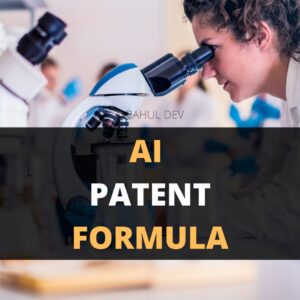
When drafting the background section, I focused on painting a clear picture of the challenges small businesses face. Instead of just stating that SMBs struggle with social media marketing, I carefully constructed a narrative that highlighted both the technical and resource-based obstacles. This approach helps establish the innovation’s value while setting up strong support for the non-obviousness of the solution.
For the technical implementation to patent AI innovation, I employed what I call a “layered disclosure” strategy. At the core, I described the fundamental AI pipeline discussing how text inputs flow through language models to generate image prompts, which then feed into text-to-image models to create visual content. But rather than limiting the description to specific models like GPT-3 or DALL-E, I carefully crafted the language to cover broader technical concepts. Think of it like describing a car’s engine in terms of its fundamental operations rather than specifying a particular manufacturer’s design.
The claims section required a particular writing style. I structured the independent claims to capture the essential novel elements as the unique way the system processes text through multiple AI models to generate video content, while avoiding unnecessary limitations. Each dependent claim then adds specific technical implementations, creating what I like to think of as a protective dome around the invention, with each claim adding another layer of coverage.
One aspect I particularly focussed on is how I handled the dictionary component of the system. Instead of simply describing it as a keyword database, I detailed the learning mechanisms and correlation systems that make it dynamic and adaptable. This approach not only strengthens the technical merit of the application but also extends protection to future implementations that might use different but functionally equivalent approaches.
The AI patent specification includes detailed flow diagrams and architectural descriptions, but I was careful to present these as “exemplary embodiments” rather than limiting implementations. Think of it as providing a detailed blueprint while explicitly stating that other construction methods could achieve the same result. This approach is crucial for AI patents, where implementation technologies evolve rapidly. To future-proof the application, I incorporated descriptions of multiple potential implementations and processing paths. For instance, when describing the video generation process, I included variations using different transition types, template systems, and composition methods. This comprehensive approach helps ensure the patent remains relevant as technology evolves.
Throughout the drafting process, I maintained consistent terminology while carefully defining technical terms. This is particularly crucial in AI patents, where terms like “model,” “training,” and “processing” can have multiple interpretations. By establishing clear definitions, we create stronger boundaries of protection and reduce the risk of future interpretation disputes. The end result is a patent application that not only protects the current implementation but also provides coverage for future developments in this rapidly evolving field. This approach ensures that the process for writing AI patent will maintain its value even as AI technology continues to advance.
The integration of artificial intelligence in software development has reached new heights with DeepSeek technology, which transforms the conventional coding landscape through sophisticated AI-driven assistance. The system operates as an intelligent companion for developers, enhancing productivity through natural language processing and contextual code understanding. This technological advancement presents unique opportunities and challenges in the realm of patent protection. At its core, DeepSeek employs advanced AI algorithms that fundamentally alter how developers interact with code. The technology’s patentable elements extend beyond mere software implementation, focusing instead on the novel methodologies and processes that enable its unique capabilities. These innovations include specialized data processing techniques, adaptive learning mechanisms, and sophisticated code prediction algorithms that distinguish DeepSeek from traditional development tools.
The system’s natural language processing capabilities represent a particularly significant area for patent protection. DeepSeek’s ability to interpret human input and generate contextually appropriate code suggestions relies on proprietary techniques and data structures that can be protected through carefully crafted claims for AI patent applications. These claims must emphasize the technical solutions and methodologies rather than the software implementation itself. DeepSeek’s API infrastructure further exemplifies its innovative approach, offering a comprehensive suite of features that enhance coding efficiency. The system’s ability to maintain context across multiple interactions, predict code completions, and facilitate collaborative development represents distinct technical achievements. Each of these features incorporates novel methods that solve specific technical problems in software development, making them potentially patentable innovations as a strong strategy to patent AI innovations.
The technology’s adaptive capabilities present another crucial aspect to patent AI products. DeepSeek’s ability to learn from user interactions and adjust to various coding styles demonstrates non-obvious improvements over existing systems. This learning mechanism, when properly documented in patent applications, showcases the system’s technical advancement in AI-driven development assistance. For effective patent protection, practitioners must focus on documenting the specific technical problems solved by DeepSeek and the novel methods employed in these solutions. This includes detailed descriptions of the AI models’ architecture, data processing workflows, and integration mechanisms with various development environments. Such documentation should emphasize the technical innovations that enable DeepSeek’s enhanced productivity and code quality improvements.
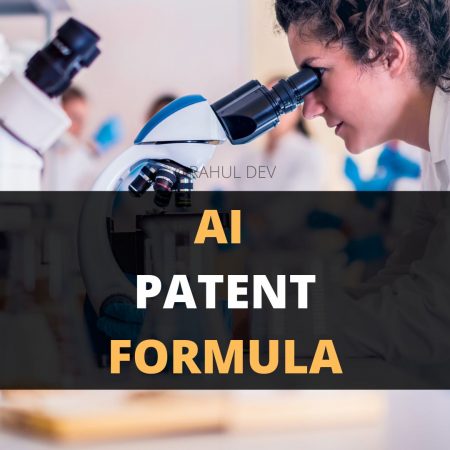
As a business coach and thought leader, I cannot emphasize enough the importance of innovation, new software patents, mobile apps, and patents for tech companies, startups, and entrepreneurs. The world is rapidly evolving, and staying ahead of the curve is vital for success. Embracing technological advancements such as blockchain and AI can unlock unprecedented opportunities, streamline operations, and propel businesses into the future with competitive valuation via intangible assets.
Click Here for AI Startup Valuation Guide.
For instance, blockchain technology can revolutionize supply chain management and secure data sharing wherein innovative business models are explained to the audience via technical whitepapers, while AI can automate and optimize decision-making processes. Mobile apps are no longer just a luxury; they have become essential tools for engaging customers and offering personalized experiences. Furthermore, securing digital innovation patents is crucial for protecting intellectual property, fostering innovation, and maintaining a competitive edge. By investing in these areas, businesses can position themselves as industry pioneers and pave the way for a prosperous future after thoroughly conducting the due diligence and reviewing the legal opinion letters, which in case of digital assets can assist in determining the tokens as utility assets or coins as utility tokens before listing the assets at an exchange.
Our team of advanced patent attorneys assists clients with patent searches, drafting patent applications, and patent (intellectual property) agreements, including licensing and non-disclosure agreements. Advocate Rahul Dev is a Patent Attorney & International Business Lawyer practicing Technology, Intellectual Property & Corporate Laws. He is reachable at rd (at) patentbusinesslawyer (dot) com & @rdpatentlawyer on Twitter.
Quoted in and contributed to 50+ national & international publications (Bloomberg, FirstPost, SwissInfo, Outlook Money, Yahoo News, Times of India, Economic Times, Business Standard, Quartz, Global Legal Post, International Bar Association, LawAsia, BioSpectrum Asia, Digital News Asia, e27, Leaders Speak, Entrepreneur India, VCCircle, AutoTech).
Regularly invited to speak at international & national platforms (conferences, TV channels, seminars, corporate trainings, government workshops) on technology, patents, business strategy, legal developments, leadership & management.
Working closely with patent attorneys along with international law firms with significant experience with lawyers in Asia Pacific providing services to clients in US and Europe. Flagship services include international patent and trademark filings, patent services in India and global patent consulting services.
Global Blockchain Lawyers (www.GlobalBlockchainLawyers.com) is a digital platform to discuss legal issues, latest technology and legal developments, and applicable laws in the dynamic field of Digital Currency, Blockchain, Bitcoin, Cryptocurrency and raising capital through the sale of tokens or coins (ICO or Initial Coin Offerings).
Blockchain ecosystem in India is evolving at a rapid pace and a proactive legal approach is required by blockchain lawyers in India to understand the complex nature of applicable laws and regulations.